In the rich tapestry of Indian culture, the festival of Dhanteras stands out, marking the birth of Lord Dhanvantari, the deity of Ayurveda. This blog explores the significance of Dhanvantari, the principles of Ayurveda, and the need to celebrate this ancient science alongside its notable figures.
Table of Contents
- The Astronomical Roots of Diwali
- The Five Days of Diwali
- The Significance of Dhanteras
- The Birth of Dhanvantari
- Dhanvantari and Ayurveda
- The Structure of Ayurveda
- Instructional Framework of Ayurveda
- Ethics and Morals in Ayurveda
- Global Symbols of Medicine
- The Cultural Reverence for Doctors
- Celebrating Ayurveda: A Call to Action
- The Historical Context of Ayurveda
- Conclusion: A New Perspective
- FAQs about Dhanvantari and Ayurveda
The Astronomical Roots of Diwali
Diwali, one of the most celebrated festivals in India, has its roots deeply embedded in astronomy. The timing of Diwali is not arbitrary; it is intricately linked with the celestial movements of the sun and the zodiac constellations. According to Hindu astronomy, the sun’s transition into the constellation of Libra marks the beginning of Diwali. This connection highlights how traditional festivals align with natural cycles, emphasizing the harmony between cultural practices and celestial phenomena.
Every Hindu festival has a significant astronomical reference, showcasing the rich heritage of Indian culture. These festivals, including Diwali, resonate with the seasonal changes, reflecting the agricultural and environmental rhythms of the region. This connection to the cosmos is a reminder of the ancient wisdom that has guided celebrations and rituals for centuries.

The Five Days of Diwali
Diwali is celebrated over five auspicious days, each with its unique significance and rituals. This vibrant festival embodies a spirit of joy and community, marking various cultural traditions across India.
1. Dantheus (Dhanteras)
The first day, Dantheus, celebrates the birth of Lord Dhanvantari, the deity of Ayurveda. It is a day dedicated to health and well-being, emphasizing the importance of wellness in our lives.
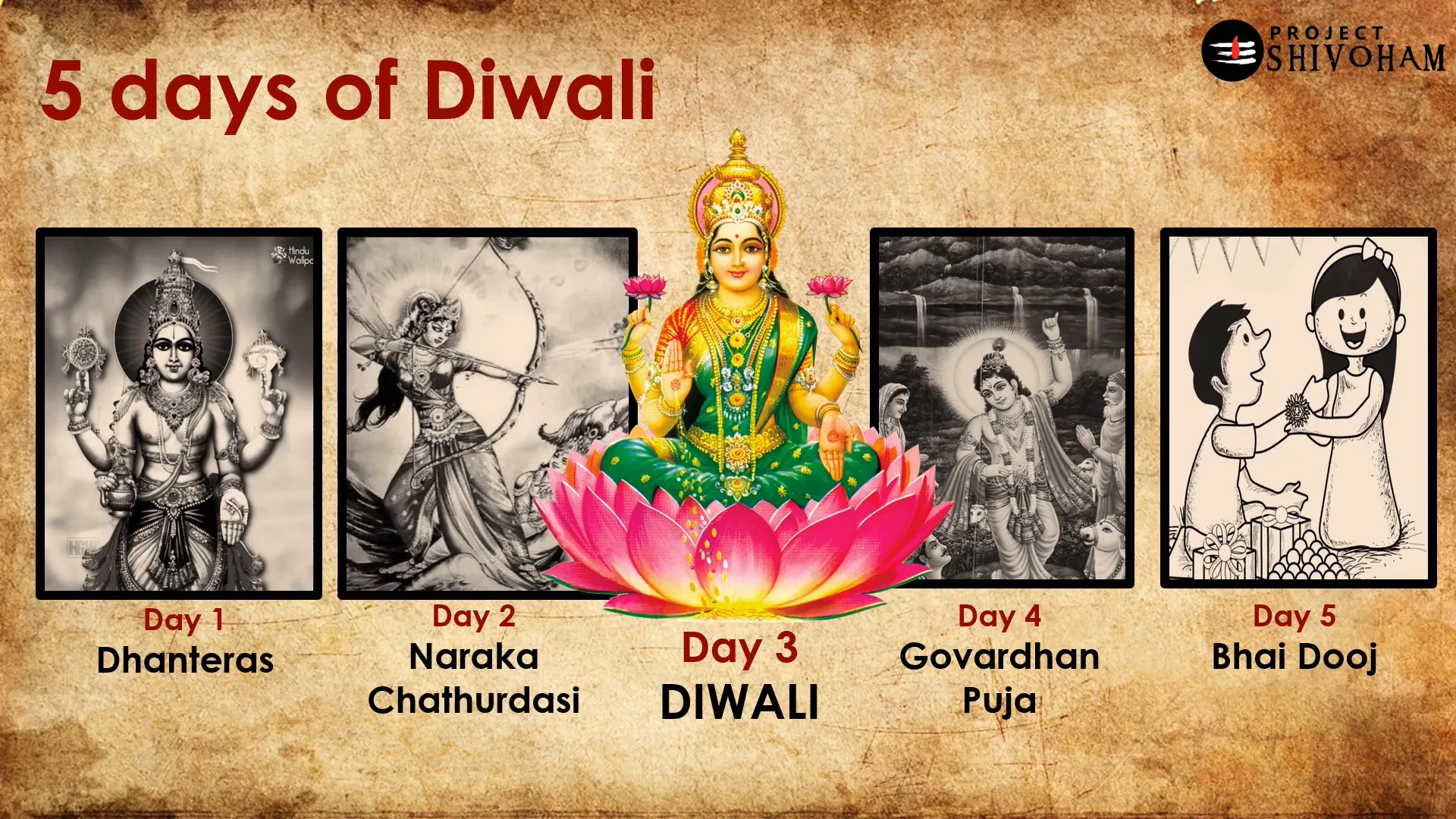
2. Naraka Chaturdashi
The second day, Naraka Chaturdashi, commemorates the defeat of the demon Naraka Sura by Lord Krishna. This victory symbolizes the triumph of good over evil and the dispelling of darkness.
3. Diwali (Lakshmi Puja)
The third day is the main Diwali celebration, marked by Lakshmi Puja, honoring the goddess of wealth and prosperity, Sri Mahalakshmi. Families illuminate their homes with diyas and perform rituals to invite blessings for the upcoming year.
4. Gordan Puja
The fourth day is Gordan Puja, dedicated to Lord Krishna, celebrating the bond between him and the people of Gokul. This day is filled with joyous festivities and community gatherings.
5. Baiduja
The fifth and final day, Baiduja, celebrates the special bond between brothers and sisters. It is a day of familial love and respect, reinforcing the values of relationships and unity.
The Significance of Dhanteras
Dhanteras marks the beginning of the Diwali festivities and is particularly significant for its association with health and wealth. On this day, people purchase gold, silver, and other valuables, believing it brings prosperity. The act of buying precious items is not just a tradition but a way to invoke blessings for a prosperous year ahead.
Additionally, Dhanteras serves as a reminder of the importance of health, symbolized by the birth of Lord Dhanvantari. It encourages individuals to prioritize their well-being, aligning with the principles of Ayurveda, emphasizing a balanced and healthy lifestyle.
The Birth of Dhanvantari
The origin of Dhanvantari is rooted in ancient texts, particularly the Bhagavat Purana, which narrates the tale of the churning of the ocean, Kshira Sagar. During this cosmic event, Dhanvantari emerged holding the pot of nectar, symbolizing immortality and the essence of life.
His appearance during this significant event marks him as a pivotal figure in Ayurveda, embodying the knowledge of medicine and healing. The reverence for Dhanvantari is not just for his divine status but also for the invaluable contributions he made to the field of medicine.
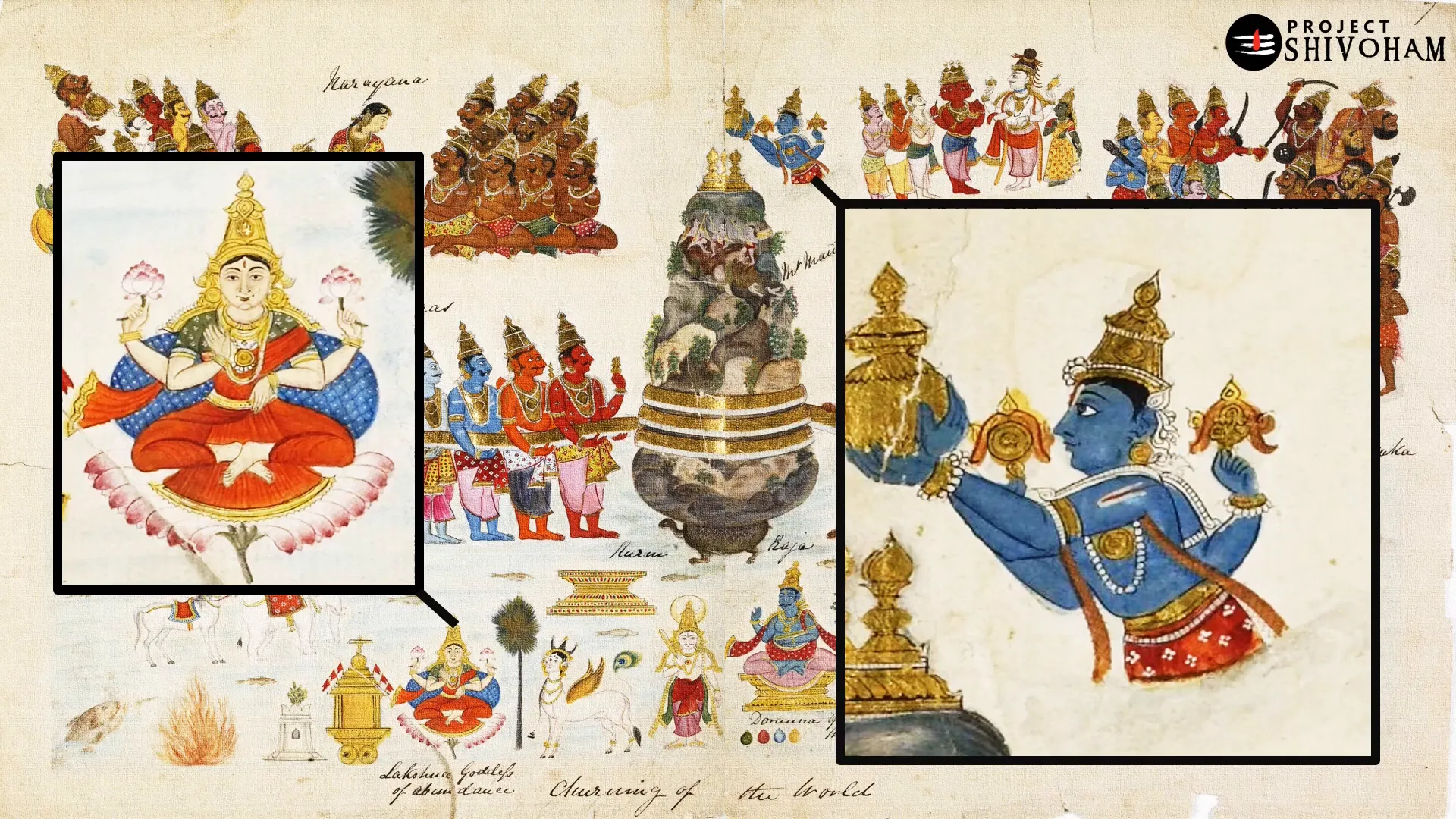
Dhanvantari and Ayurveda
Dhanvantari is recognized as the Adipurush of Ayurveda, the ancient Indian system of medicine. His teachings laid the foundation for Ayurvedic practices, which continue to thrive today. The ancient scripture, Sushruta Samhita, compiled by Sushruta Maharishi, encapsulates the principles and practices of Ayurveda passed down through generations.
Ayurveda, characterized by its holistic approach, encompasses various specializations, including surgery, pediatrics, and rejuvenation therapies. Dhanvantari’s teachings emphasize a comprehensive understanding of health, integrating physical, mental, and spiritual well-being.
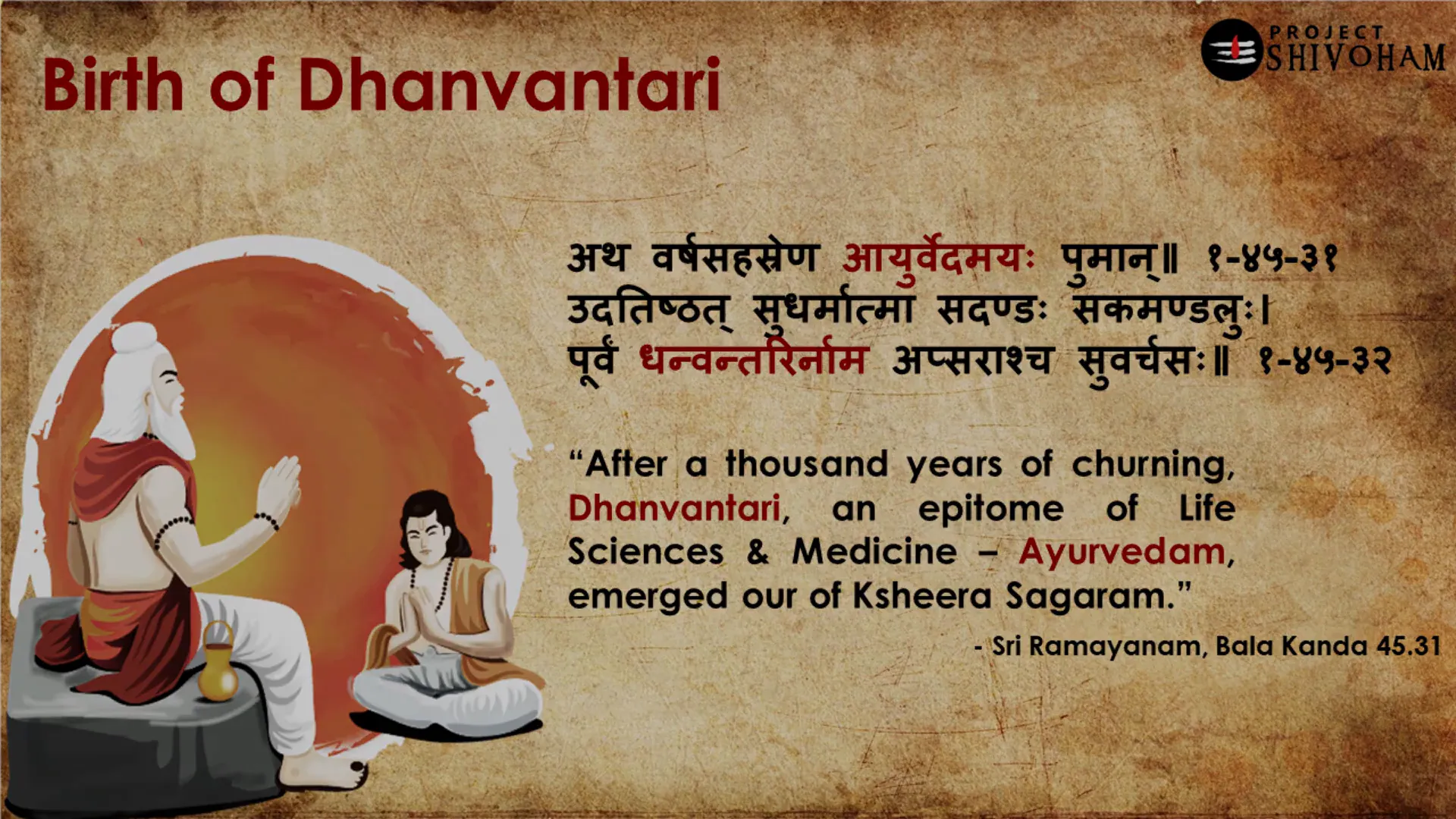
In essence, Dhanvantari’s legacy is a celebration of life sciences and medicine, deeply intertwined with the cultural fabric of India. His influence on Ayurveda not only highlights the importance of traditional medicine but also emphasizes its relevance in modern health practices.
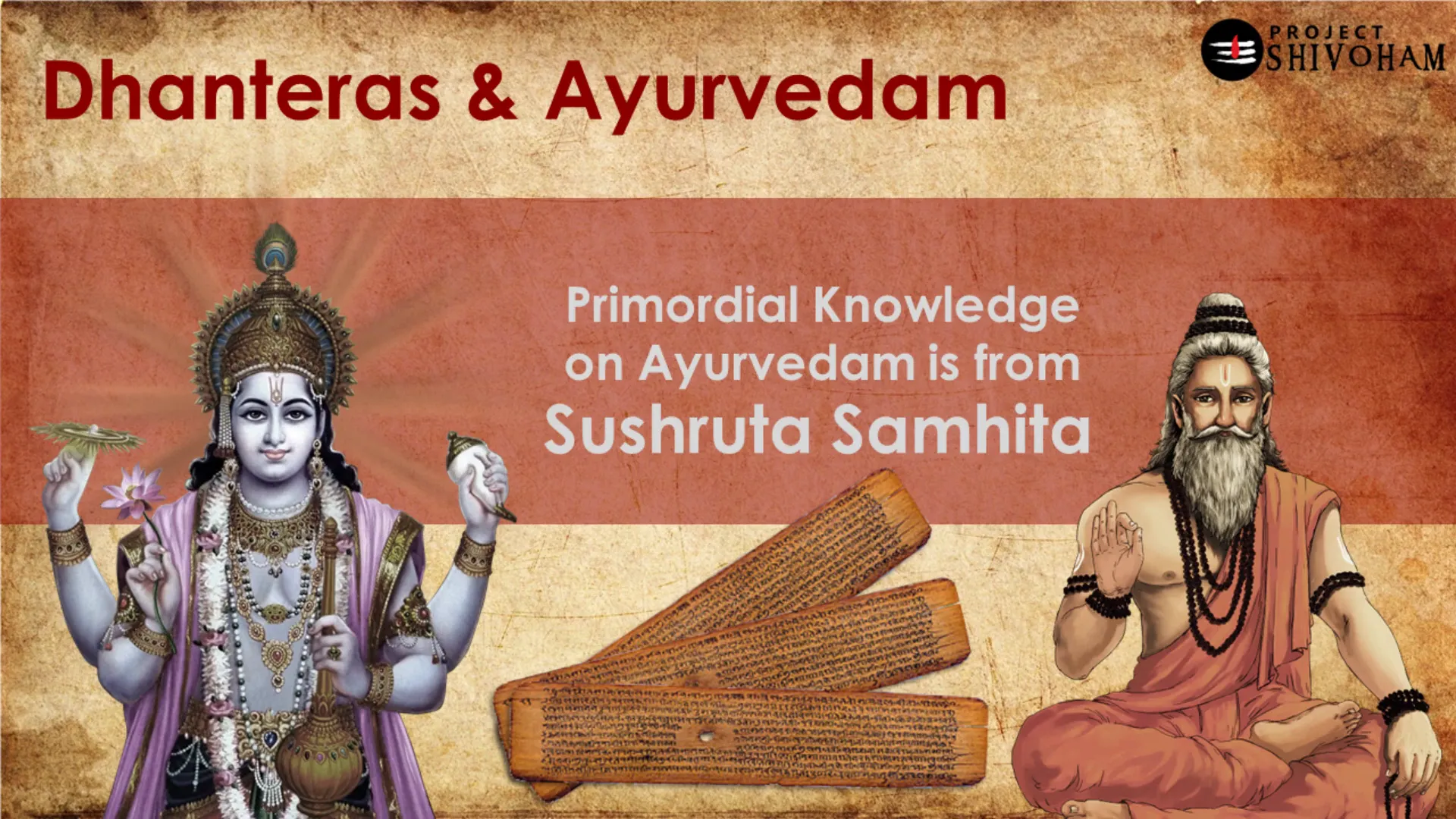
The Structure of Ayurveda
Ayurveda is a complex and structured system of medicine that encompasses various branches of knowledge. At its core, Ayurveda is built on a well-defined framework that integrates multiple specializations and instructional methodologies.
Each specialization addresses distinct aspects of health and healing, creating a comprehensive approach to medicine. The structure of Ayurveda can be visualized as a matrix, where each specialization is supported by five categories of instructions, ensuring a systematic approach to training physicians.
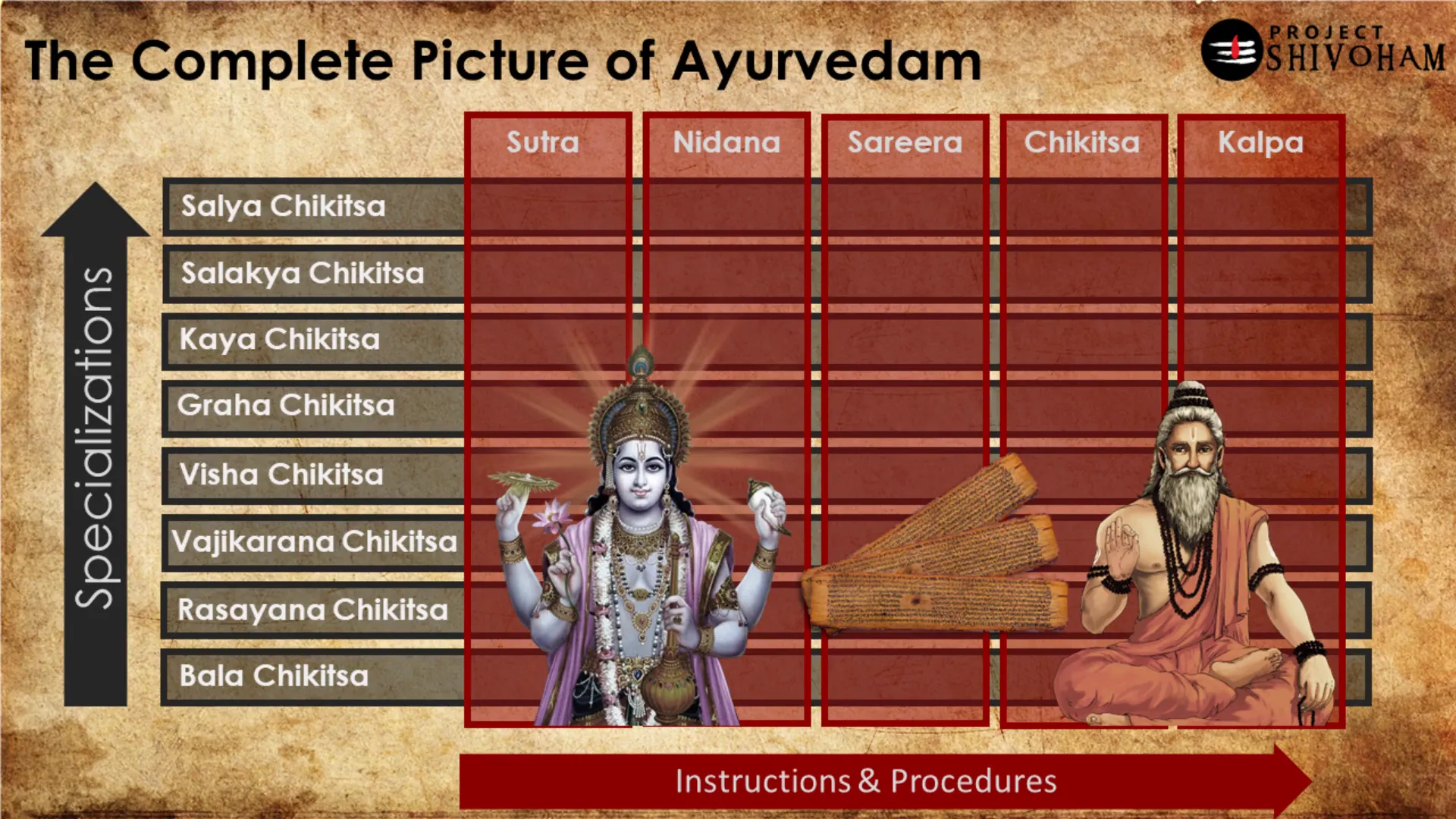
Specializations in Ayurveda
There are eight primary specializations within Ayurveda, each focusing on different aspects of health:
- Shalya Chikitsa: This specialization deals with surgical methods and the design of surgical tools.
- Shalakya Chikitsa: Focuses on ear, nose, throat, and dental ailments.
- Kaya Chikitsa: Addresses general and seasonal ailments.
- Graha Chikitsa: Involves the treatment of psychological and traumatic complaints.
- Vishak Chikitsa: Administers antidotal treatments for poison-related issues.
- Vajikarana Chikitsa: Concentrates on treating infertility and enhancing reproductive health.
- Rasayana Chikitsa: Focuses on rejuvenation therapies and overall wellness.
- Bala Chikitsa: Pediatrics, dealing with the health of infants and children.
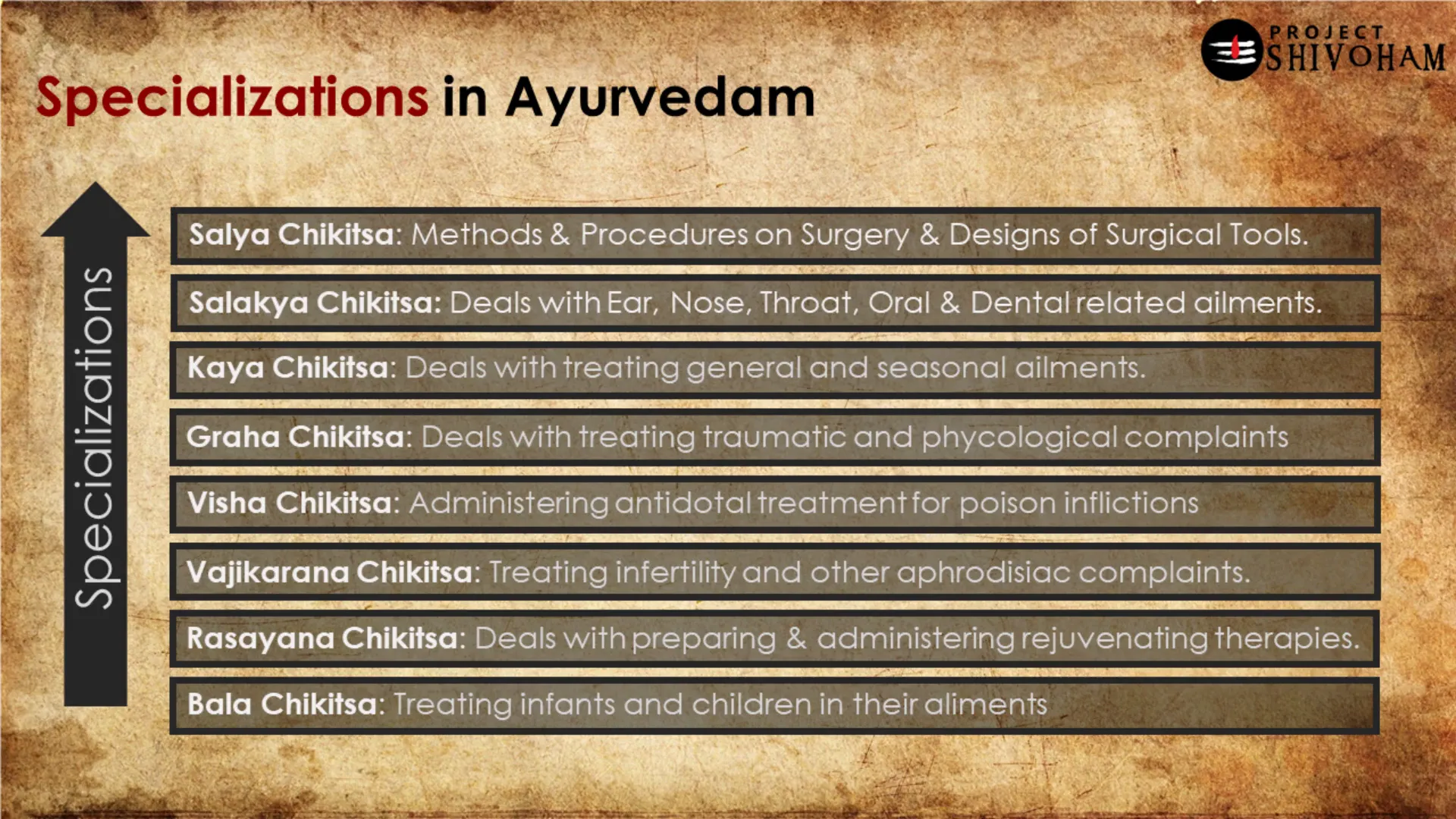
Instructional Framework of Ayurveda
The instructional framework of Ayurveda is designed to train practitioners in a comprehensive manner. Each specialization is accompanied by five categories of instructions:
- Sutra: General instructions on common procedures for physicians in training.
- Nidana: Guidelines for diagnosing ailments and understanding symptoms.
- Sharira: Anatomy education, explaining the human body’s structure and function.
- Chikitsa: Instructions on herbal medicine preparation and administration.
- Kalpa: Understanding the impact of poisons and infections on the body.
This structured approach ensures that practitioners are well-versed in both theoretical knowledge and practical application, fostering a holistic understanding of health and healing.

Ethics and Morals in Ayurveda
Ayurveda places a high emphasis on ethics and morals, treating physicians with the utmost reverence. In this tradition, a doctor is regarded as equivalent to a deity, reflecting the profound respect for the healing profession.
This ethical framework influences the practice of Ayurveda, ensuring that practitioners are not only skilled but also compassionate and responsible in their approach to patient care. The teachings advocate for a deep understanding of the human condition, promoting a moral obligation to uphold the well-being of patients.
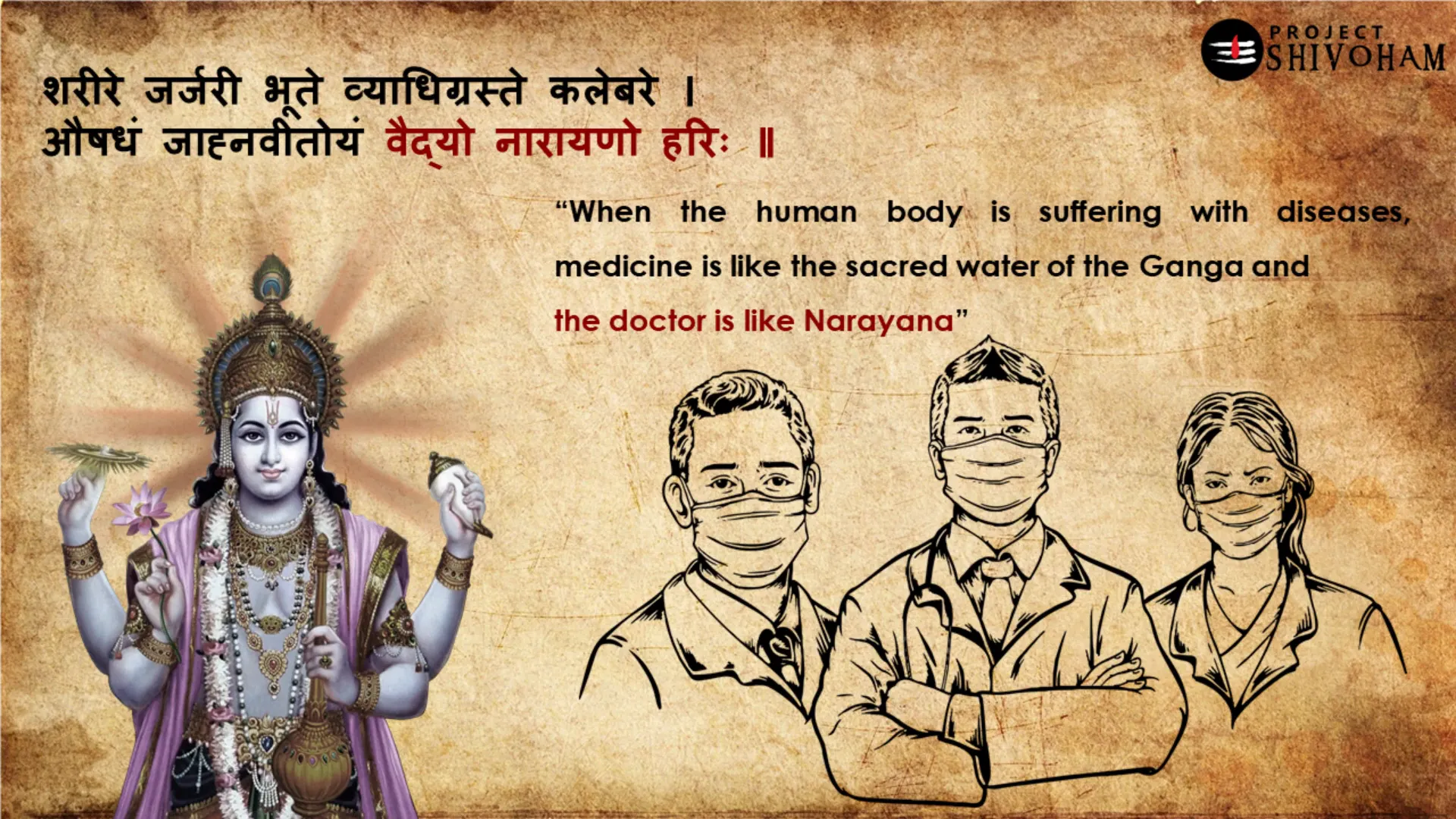
Global Symbols of Medicine
One of the most recognized symbols in the medical field is the rod of Asclepius, featuring a snake coiled around a staff. This symbol is widely adopted by various medical organizations globally, including the World Health Organization and the Indian Medical Association.
While the rod of Asclepius represents health and healing in Western medicine, it raises questions about the celebration of Ayurveda and its historical figures. Why is there a lack of acknowledgment for the contributions of Dhanvantari, Sushruta, and other Ayurvedic sages in the global medical community?

It is crucial to recognize that Ayurveda is not only a source of ancient wisdom but also a vital part of India’s cultural heritage. Celebrating its historical significance provides an opportunity to honor the rich traditions of healing that have been practiced for millennia.
The Cultural Reverence for Doctors
The cultural reverence for doctors in Ayurveda is profound and deeply rooted in Indian tradition. In this context, a doctor is not merely a health practitioner but is revered as a divine figure, akin to Lord Dhanvantari himself. This respect is reflected in the ethical standards and moral values upheld within the Ayurvedic community.
In Indian culture, the doctor is seen as a custodian of health and well-being. This perspective fosters a sense of trust and responsibility, compelling practitioners to uphold the highest standards of care. The ancient texts emphasize that a physician should embody compassion, integrity, and a commitment to the welfare of their patients.
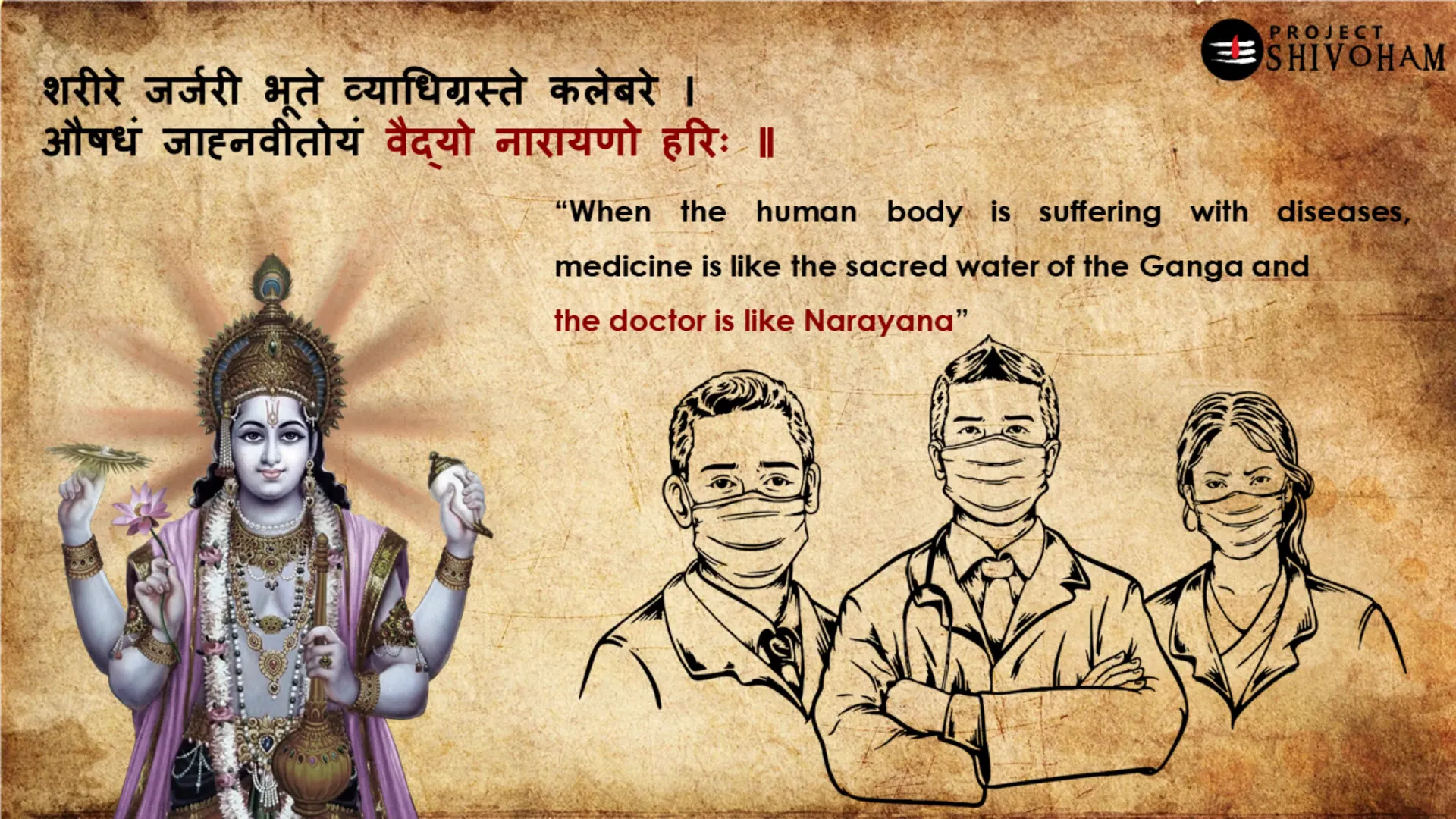
Symbolism of Healing
The symbolism associated with healing in Ayurveda extends beyond the mere practice of medicine. The teachings of Ayurveda illustrate that healing is an art that encompasses physical, mental, and spiritual dimensions. This holistic approach is fundamental to the Ayurvedic philosophy, where the goal is to restore balance in all aspects of life.
Moreover, the relationship between a doctor and a patient is considered sacred. It is believed that a physician should not only treat ailments but also guide patients toward a healthier lifestyle, thus preventing diseases before they manifest. This proactive approach reflects the ancient wisdom embedded in Ayurvedic practices.
Celebrating Ayurveda: A Call to Action
As we celebrate Dhanteras and the legacy of Lord Dhanvantari, it is essential to recognize and promote Ayurveda as a valuable system of medicine. Ayurveda’s principles resonate with modern health paradigms that emphasize prevention, wellness, and holistic healing.
To truly honor this ancient tradition, a collective effort is required to integrate Ayurvedic practices into mainstream healthcare. This can be achieved through education, awareness campaigns, and policy advocacy that highlight the benefits of Ayurveda in contemporary society.
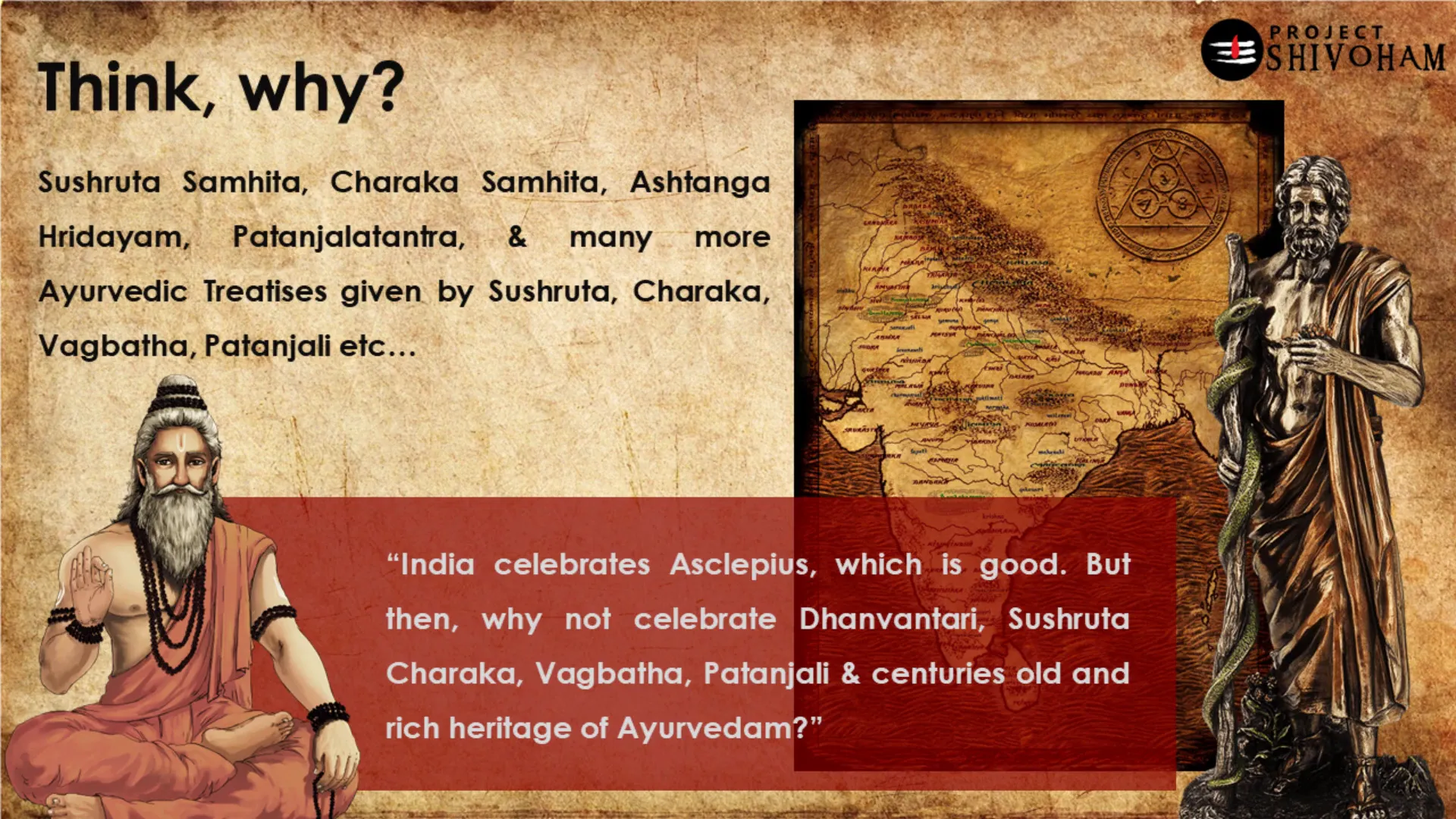
Promoting Ayurvedic Education
One of the most effective ways to celebrate and integrate Ayurveda is by promoting Ayurvedic education at all levels. Schools and universities should incorporate Ayurvedic principles into their health and wellness curricula. This will not only educate future healthcare professionals but also raise awareness among the general public about the benefits of Ayurveda.
Furthermore, workshops and seminars can be organized to familiarize practitioners of modern medicine with Ayurvedic practices. Such collaborations can lead to a more comprehensive approach to healthcare, allowing patients to benefit from the strengths of both systems.
The Historical Context of Ayurveda
Ayurveda is one of the oldest systems of medicine, with roots tracing back over 5,000 years. Its historical context is essential to understanding its development and relevance today. The ancient texts, including the Vedas and Upanishads, provide a rich tapestry of knowledge that forms the foundation of Ayurvedic practices.
Throughout history, Ayurveda has been influenced by various cultural and scientific advancements. The contributions of sages like Dhanvantari, Sushruta, and Charaka have been pivotal in shaping the discipline. Their teachings have been meticulously preserved, and the Sushruta Samhita remains a cornerstone of Ayurvedic medicine.
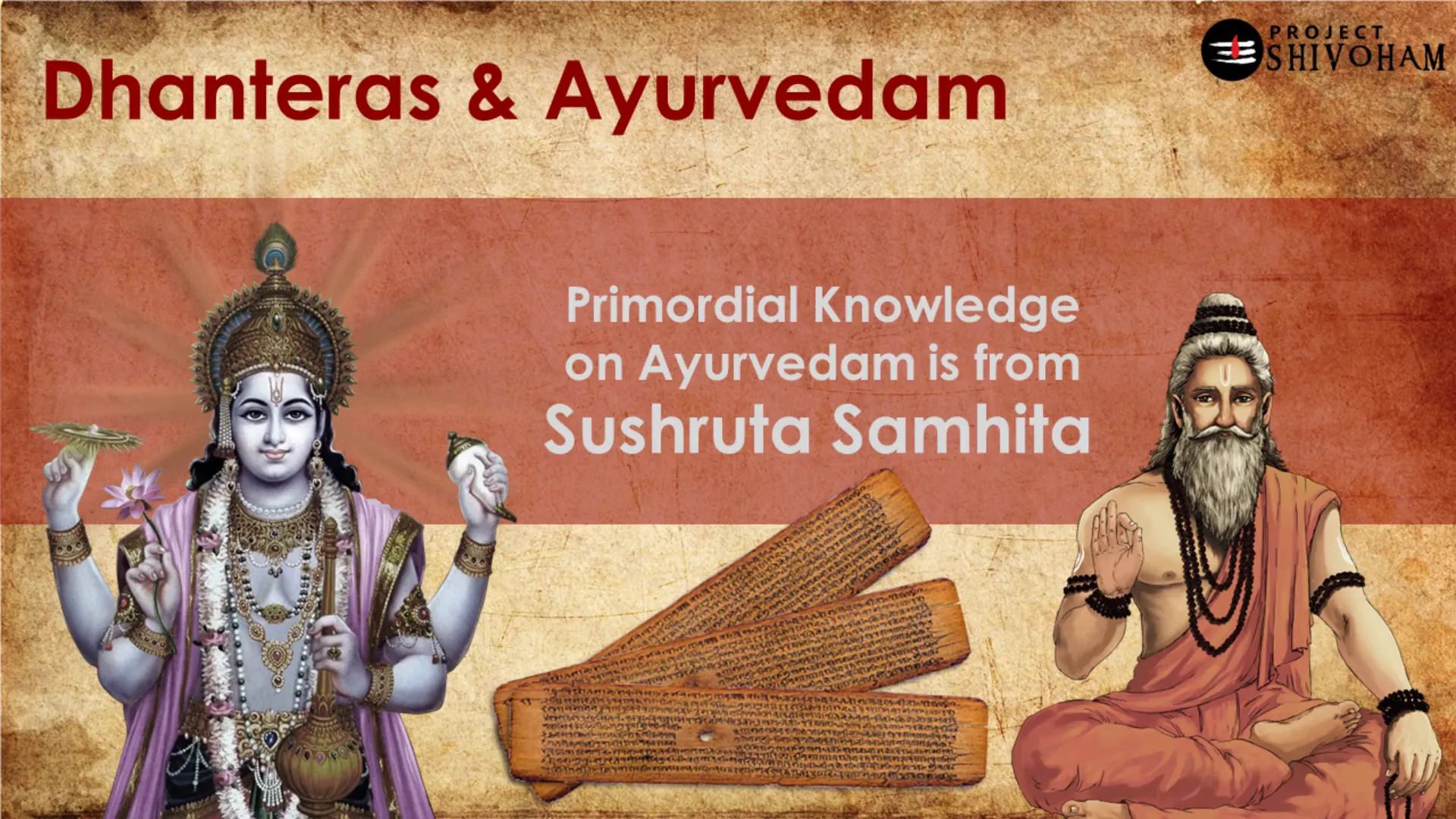
Ayurveda Through the Ages
Over the centuries, Ayurveda has evolved while maintaining its core principles. The ancient practices were complemented by modern research and clinical studies, validating many Ayurvedic treatments. This synergy between tradition and innovation has allowed Ayurveda to remain relevant in today’s healthcare landscape.
Moreover, the global interest in holistic health and wellness has led to a resurgence of Ayurveda. People are increasingly seeking natural and sustainable alternatives to conventional medicine, further solidifying Ayurveda’s place in modern healthcare.
Conclusion: A New Perspective
As we reflect on the contributions of Dhanvantari and the rich heritage of Ayurveda, it is crucial to foster a new perspective that recognizes and celebrates this ancient wisdom. By embracing Ayurveda as a legitimate and valuable system of medicine, we can honor the legacy of its pioneers and promote a healthier society.
This call to action is not just about preserving tradition but about integrating Ayurvedic principles into contemporary healthcare practices. It is an opportunity to bridge the gap between ancient wisdom and modern science, creating a more holistic approach to health and wellness.
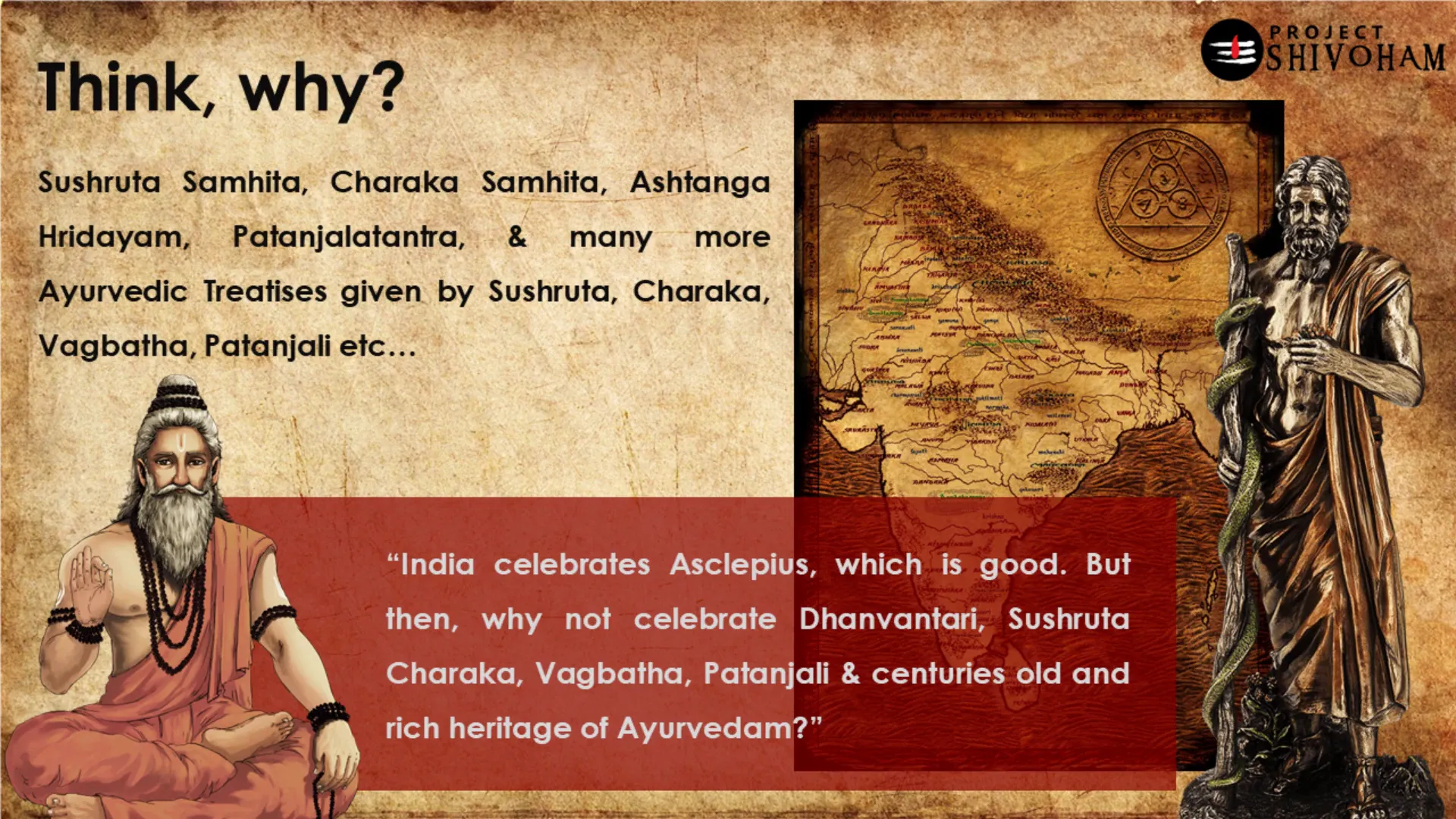
FAQs about Dhanvantari and Ayurveda
1. Who is Dhanvantari?
Dhanvantari is regarded as the god of Ayurveda and is celebrated for his contributions to the field of medicine. He is believed to have emerged from the churning of the ocean, bringing forth the knowledge of healing and wellness.
2. What is Ayurveda?
Ayurveda is an ancient system of medicine that originated in India. It emphasizes a holistic approach to health, focusing on balancing the body, mind, and spirit to promote overall well-being.
3. How is Ayurveda relevant today?
Ayurveda remains relevant today as it offers natural and holistic solutions for health issues. Its principles align with modern wellness trends that prioritize preventive care and lifestyle management.
4. What are the main principles of Ayurveda?
The main principles of Ayurveda include the balance of the three doshas (Vata, Pitta, and Kapha), the importance of diet and lifestyle, and the use of natural remedies for healing.
5. How can I incorporate Ayurvedic practices into my life?
You can incorporate Ayurvedic practices by adopting a balanced diet, practicing yoga and meditation, and using herbal remedies. Consulting an Ayurvedic practitioner can provide personalized guidance tailored to your needs.